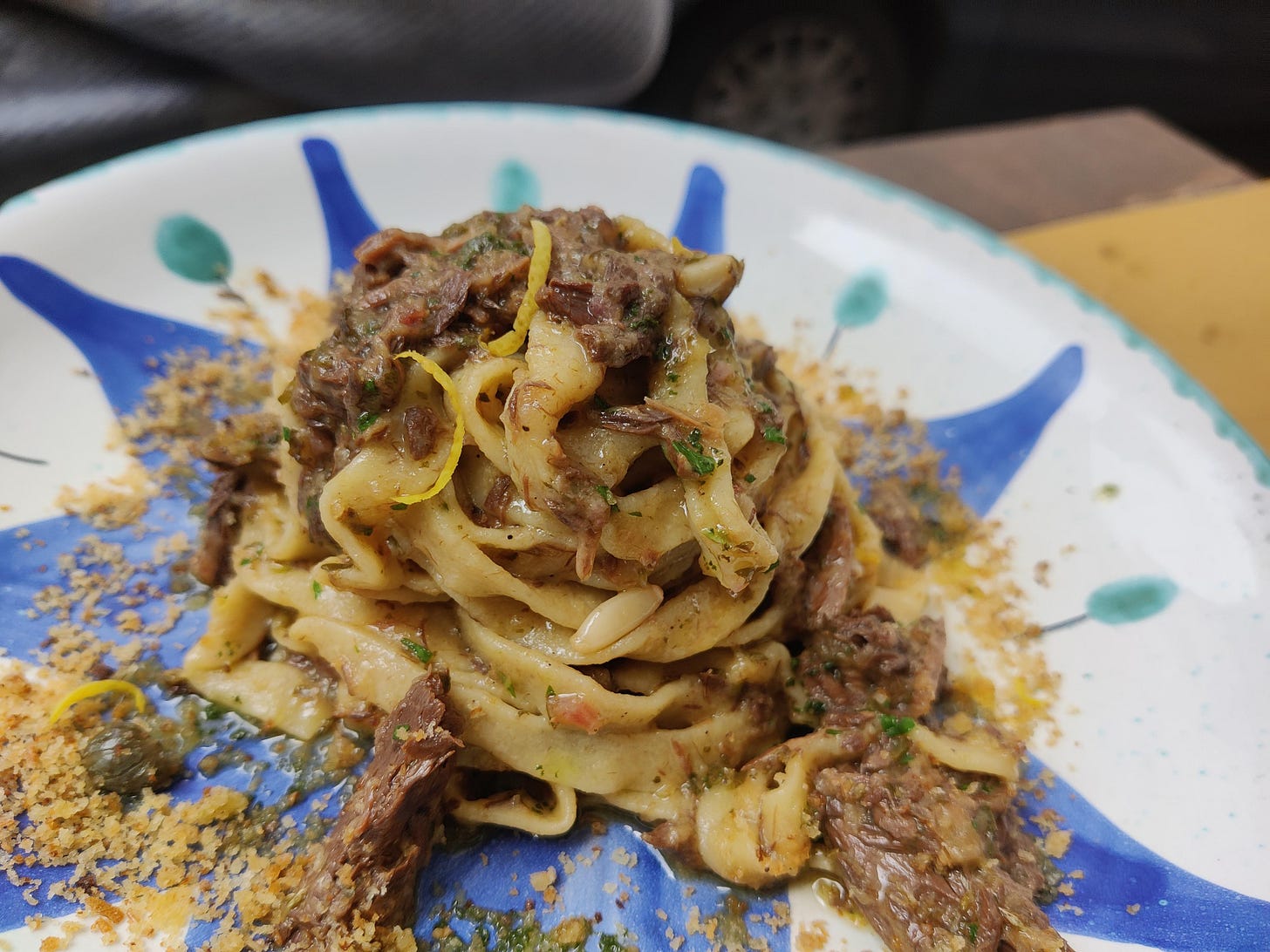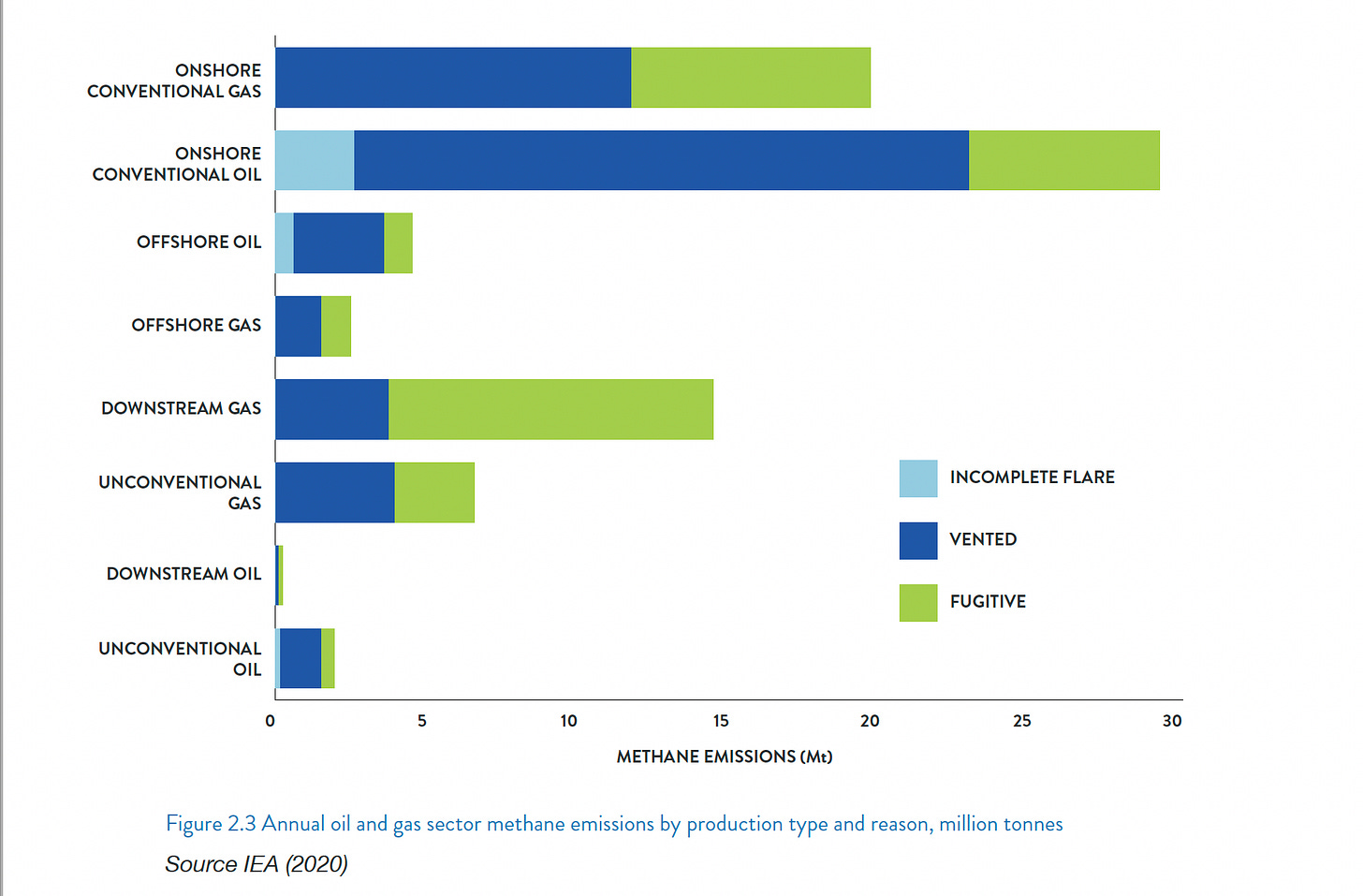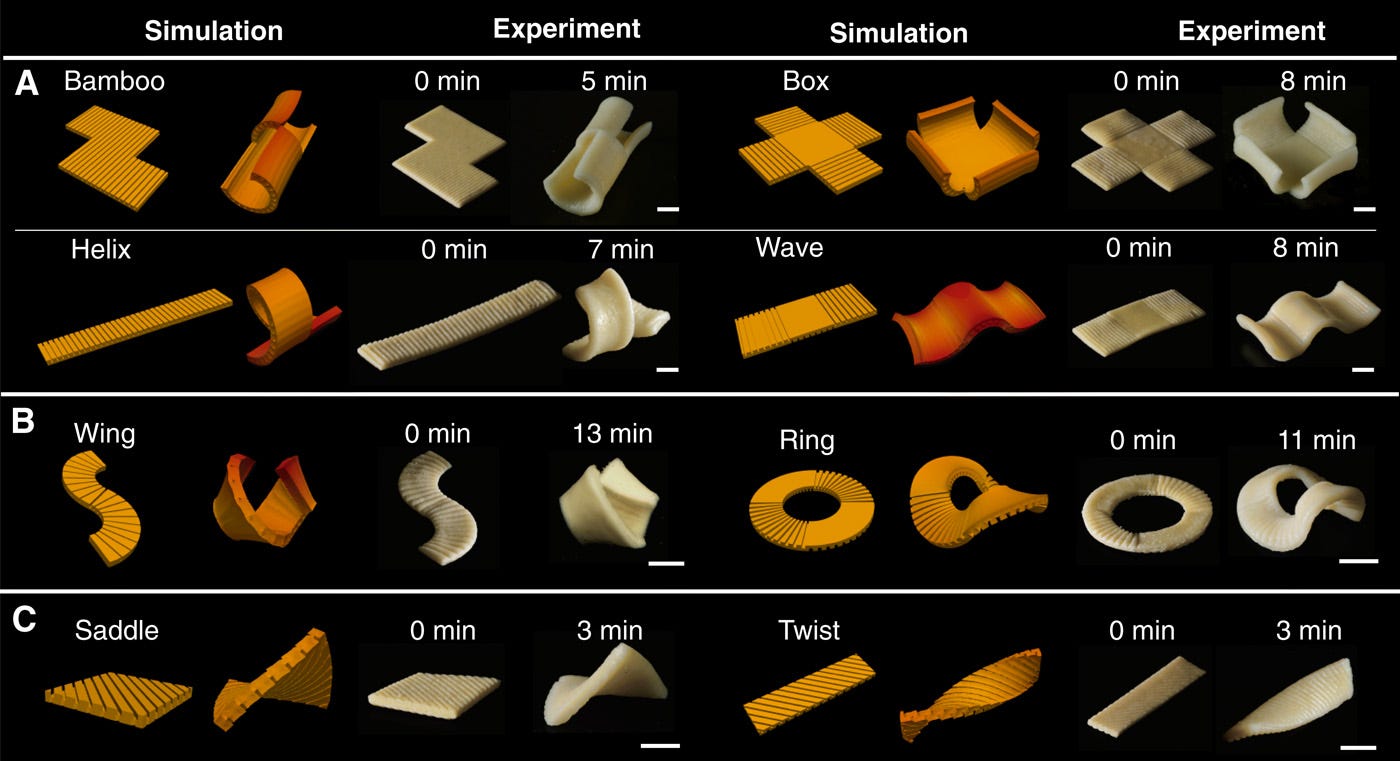The Hot, The Cool and The Tasty
A newsletter about food systems, climate change and everything connected to them
Folks, it’s going to be a short one this week because I’m typing this in a teeny tiny Airbnb in a different European city - a very brief work trip - just before midnight on Thursday and it’s been a heck of a week. So excuses in advance!
Methane, methane, methane (sung to the melody of Jolene)
I mentioned this United Nations report on methane in my last newsletter, all 173 pages of it. It is the first report of its kind to look at the climate and air pollution costs and benefits from methane mitigation.
The top line figures are pretty appealing. The report says measures and technologies already available today could reduce human-caused methane emissions by as much as 45% by 2030 which in turn would limit global warming by nearly 0.3°C of by 2045.
A 45% reduction in methane emissions would also prevent 260,000 premature deaths, 775,000 asthma-related hospital visits, 73 billion hours of lost labour from extreme heat, and 25 million tonnes of crop losses annually, according to the report.
Specifically in the EU, this means it will prevent/avoid -
Over 22,600 premature deaths from ozone per year
1.4 million tonnes of crop losses for four staple crops - rice, wheat, soy and maize
270 million hours of lost labour
Methane emissions caused by humans make up about 60% of total methane emissions, and they come from just three sectors - fossil fuels (35%), waste (20%), and agriculture (40%).
In the fossil fuels sector, oil and gas extraction, processing, and distribution account for 23% and coal mining accounts for 12% of emissions.
In the waste sector, landfills and wastewater make up about 20% of emissions.
In the agricultural sector, livestock emissions from manure and enteric fermentation represent roughly 32%, and rice cultivation 8% of emissions.
So while cutting emissions from the fossil fuel sector will make a dent in methane levels in the atmosphere, we really need emissions from agriculture to fall if we are to keep global temperatures below 1.5°C, beyond which experts warn of catastrophic climate change.
“Behavioural change measures and innovative policies are particularly important to prevent emissions from agriculture, given the limited potential to address the sector’s methane emissions through technological measures. Three behavioural changes, reducing food waste and loss, improving livestock management, and the adoption of healthy diets (vegetarian or with a lower meat and dairy content) could reduce methane emissions by 65–80 Mt/yr over the next few decades,” the report said.
“Human-caused methane emissions are increasing faster than any time since record keeping began in the 1980s. Despite a COVID-19 induced economic slowdown in 2020 that prevented another record year for carbon dioxide (CO2) emissions, the amount of methane in the atmosphere shot up to record levels,” the report said.
However, the mitigation potential varies between countries and regions.
The largest potential in Europe and India is in the waste sector.
In China it is from coal production followed by livestock.
In Africa it is from livestock followed by oil and gas.
In the Asia-Pacific region, excluding China and India, it is coal and waste.
In the Middle East, North America and Russia/Former Soviet Union it is from oil and gas.
In Latin America it is from the livestock subsector.
Can we keep it cool?
Unfortunately not, according to the latest report that tracks global access to cooling in 54 high-impact countries, something that’s becoming ever more important as we keep notching up hottest years on record. Add the COVID-19 pandemic into the mix and you have a really worrying situation.
The combination of increased temperatures and a rise in poverty due to the pandemic has left an extra 50 million people this year who may have to forego devices that could keep them cool as well as healthy and productive, it said.
According to the stats above, more than 1 billion people around the world - 355 million in the rural areas and 732 million in urban areas - have trouble accessing sustainable cooling. Asia and Sub-Saharan Africa are at highest risk, the report added.
An additional 2.3 billion from the lower-middle income group face a different risk – “inefficient cooling and refrigeration options that increase harmful (greenhouse gas) levels,” it said.
We often take cooling for granted but it is crucial for our health and well-being. Think of foods that have spoiled because we forgot to put them in the fridge or more crucially amid a global pandemic, the lack of adequate cold chains to store vaccines could really mean a matter of life and death.
If you want a quick rundown of the big points from the report, my former editor Laurie Goering wrote a good piece about it here or you can watch the launch of this report here (full disclosure - I emceed the event). The summary of the report starts around 19:30 and goes on for about 10 minutes.
Rural drinking water concerns
A study funded by the global charity World Vision and carried out by the University of Leeds, University of North Carolina at Chapel Hill, and Boston University has found lead in drink water supplies in parts of rural West Africa.
They analysed scrapings taken from the plumbing of 61 community water supply systems in Ghana, Mali, and Niger. They found 80% had at least one component that contained lead in excess of international guidance, and when the component erodes, it releases lead into the water.
Researchers said they also took samples of the water from those 61 systems, and from a further 200 taps and boreholes with handpumps. They found 60% of samples contained lead and 9% were at a level that exceeded World Health Organisation guidelines.
Why is this a big big problem? “There is no-known safe level of exposure to lead,” the researchers said.
“It accumulates in the body and crosses the blood-brain barrier and can cause irreversible damage to cognitive and neurological development, particularly in children and babies in the womb.”
The full study is here.
Shapeshifting pasta
The good folks at Carnegie Mellon University have taken a leaf out of the IKEA playbook to come up with something that is, unlike flat-pack furniture, sounds both fun and practical to assemble - 2-D pasta that turns 3-D when cooked in boiling water.
“The team impresses tiny grooves into flat pasta dough — made of only semolina flour and water — in patterns that cause it to morph into tubes, spirals, twists and waves when cooked,” they said.
“The morphed pasta looks, feels and, most importantly, tastes like traditional pasta, while opening new possibilities for food design and allowing for flat-packed pasta that would cut back on packaging, save space in storage and transportation, and possibly reduce the time and energy needed for cooking.”
You can read the paper here. Just don’t ask your local Italian chef what they think of the idea.
As always, have a great weekend! Please feel free to share this post and send tips and thoughts on twitter @thinink, to my LinkedIn page or via e-mail thin@thin-ink.net.









